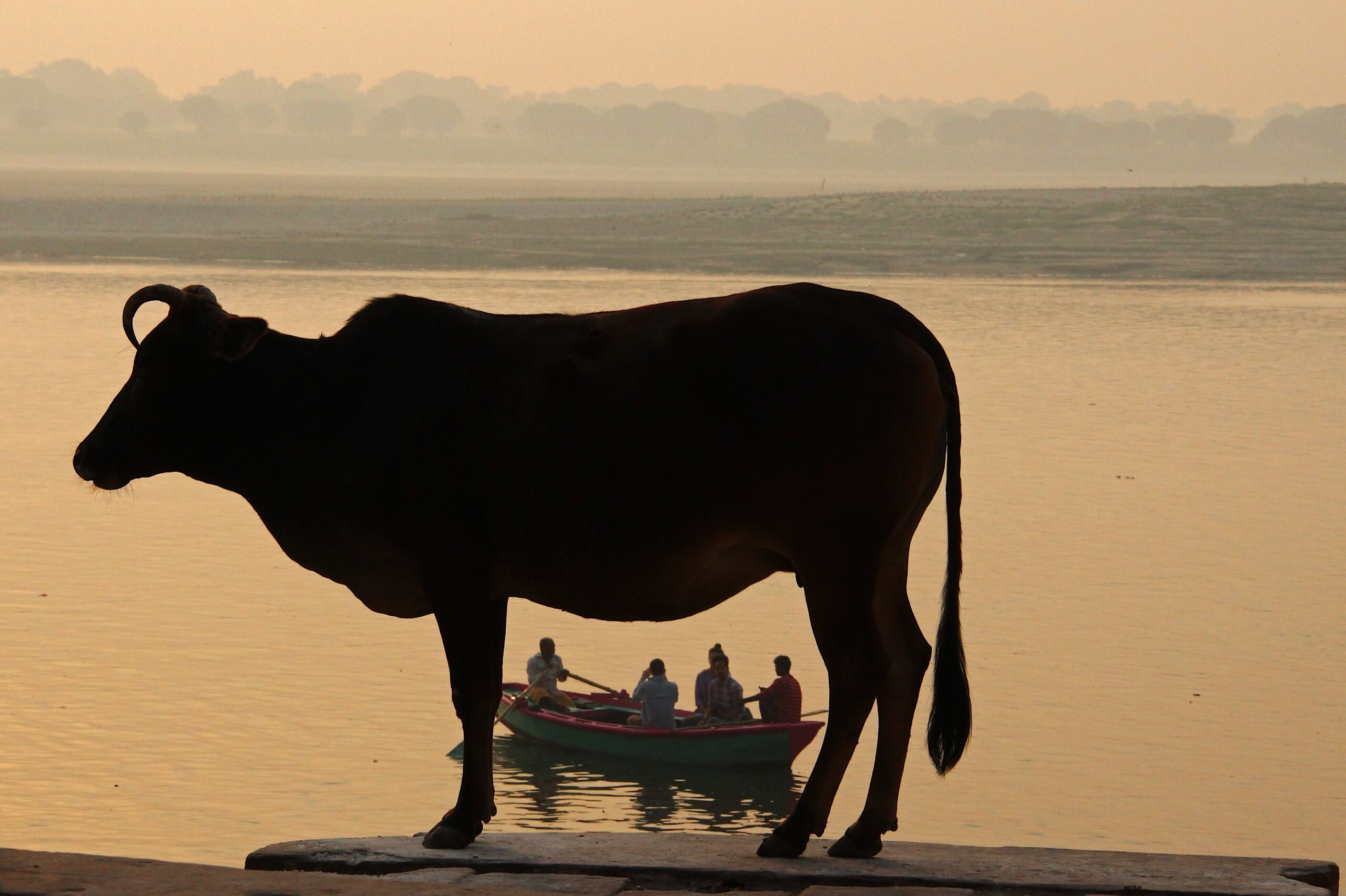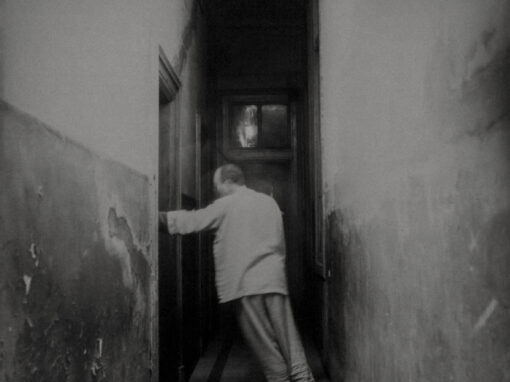Two quotes surge up in my mind as I think about writing down this article. I do not remember the exact words used by the authors, but the quotes, in my words, were :
“All we can do in our lives is to experience various facets of life .. and when the experience becomes profound, expression follows automatically” – Albert Camus, the nobel-laureate 20th century existential author and philosopher.
“The whole purpose of my photography is to document the place and time that I live in” – Raghu Rai, Magnum-member and the father of Indian photography.
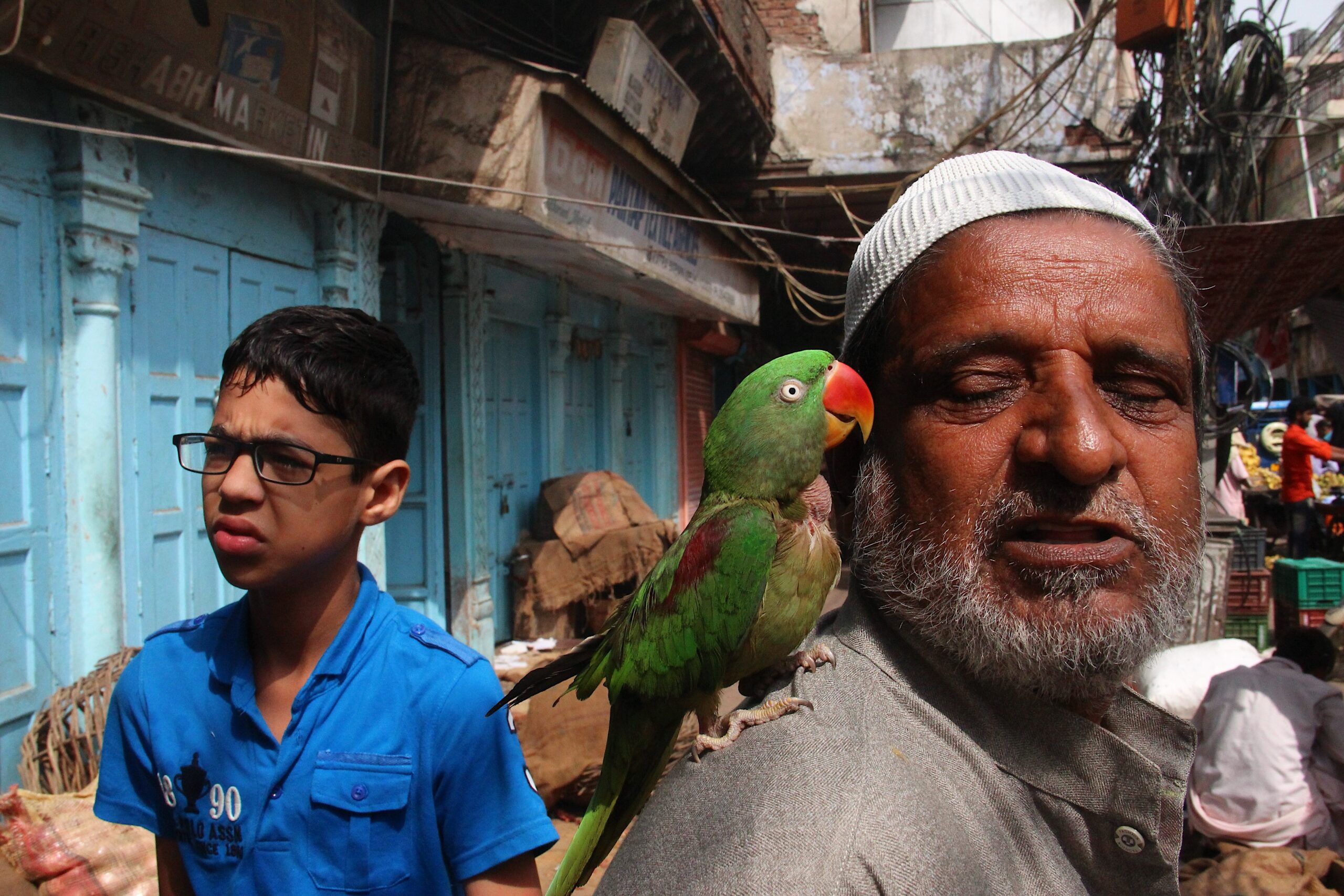
I never even thought that I was an (photo-)artist or a social anthropologist. Demands of my profession (IT Services) prevented me from becoming either. I finally ended up being a weekend street photographer keenly interested in the changing times in the place where I mostly lived.
I however consider myself very fortunate – I lived globally to be able to understand the local life better, I lived at a time when times were changing fast and I mostly lived at an important place on this planet which is being transformed fast during the last 7-8 years – roughly coinciding with the time I am using my camera during the weekends as my escape hatch.
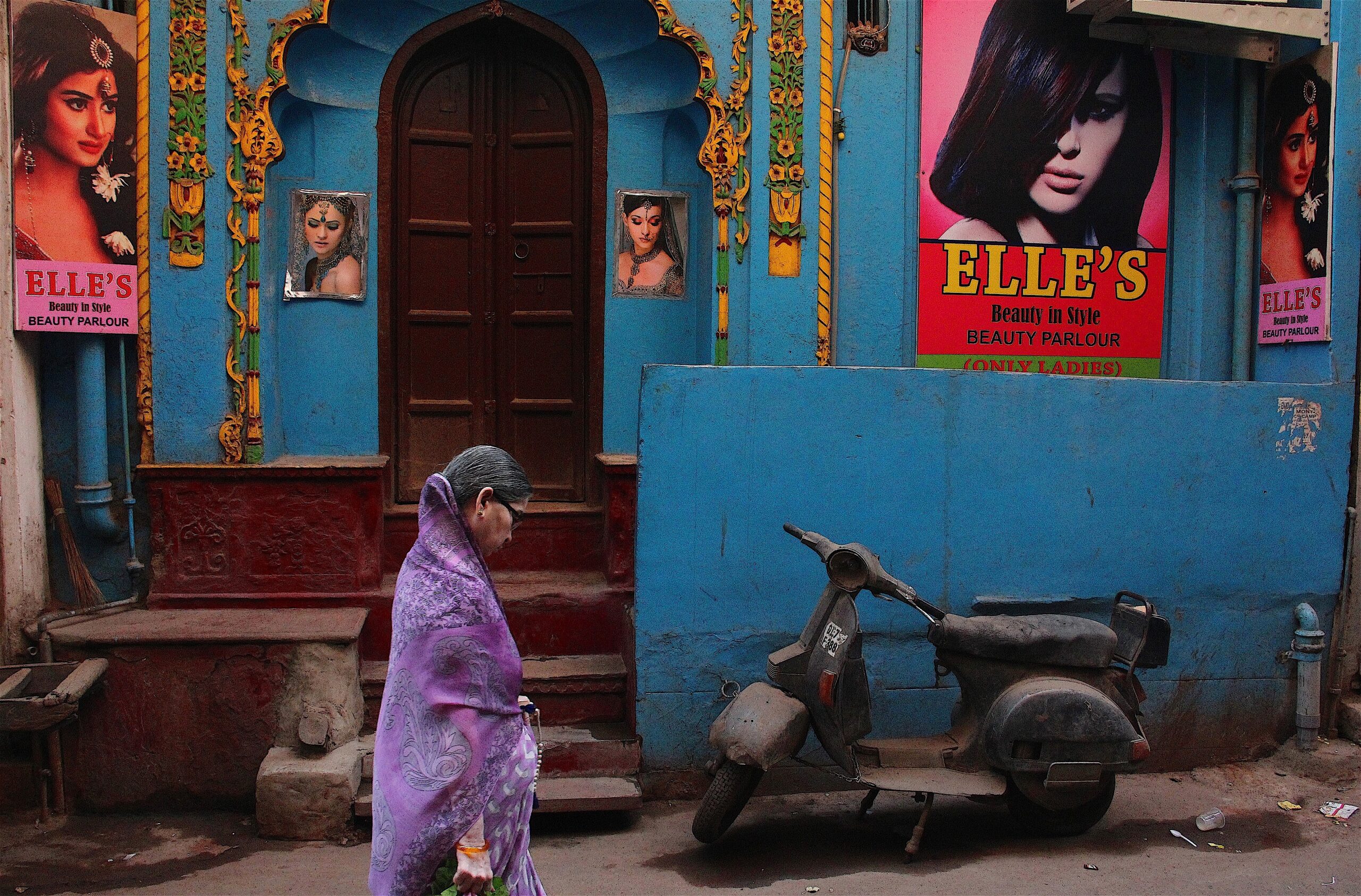
Continuation of religious myths as a strong part of Indian culture doesn’t surprise me at all – a childhood spent in a religion-dominated society of a 3rd world country, which did not dare to dream, had already conditioned us – religious faith, not spirituality, is what still binds our societies together.
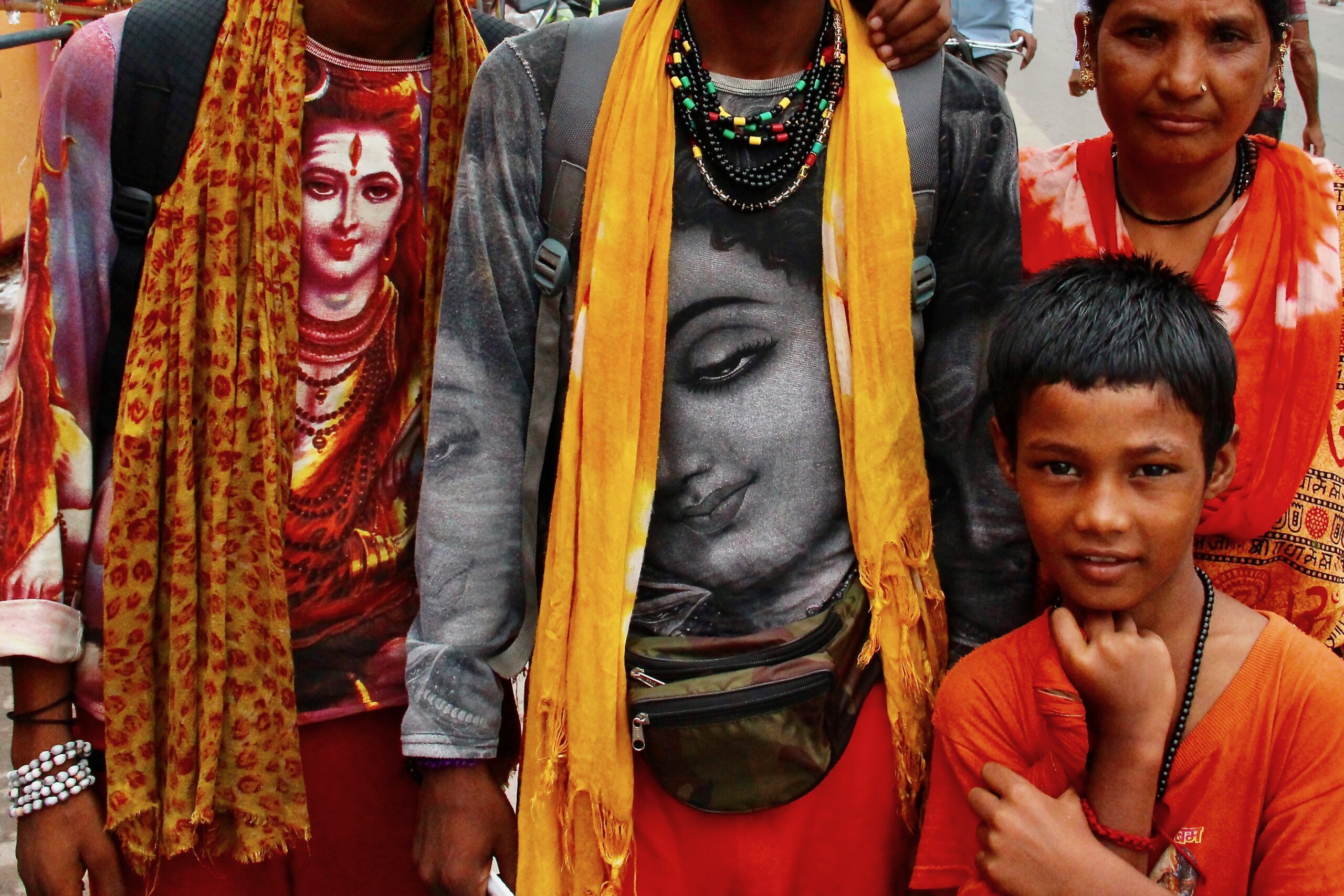
The sheer size of the Indian population made the cola giants make a beeline decades ago, and the abundance of cheap talent made the IT hype arrive at our doorsteps around the same time. But the social fabric changed little till the economy opened up in the nineties, quickly followed by huge foreign investments. Rapid changes in a traditionally laid-back country started then and may be reaching its peak now as the country surges to become the 4th largest global economy!
Haider Ali (name changed) has lived in the narrow alleys of the 360-year-old heritage town of Old Delhi since his birth around sixty years ago. For him, little has changed in the alleys over the years – he still trains his pigeons and parrots at home, he still goes to the vegetable market every second morning with his trained parrot, he still offers prayers at the nearby mosque every Friday, .. Despite all the progress, he still feels that we are a traditional 5000-year-old religious nation. Yes, he finds more Hindus around, more migrants around, and the young people have more aggressive and newer dreams and habits now. Yes, he has heard about occasional protests or troubles or the country reaching the moon. Yes, his locality has also aged over the years. But none of that changed the fabric of the society he lives in.

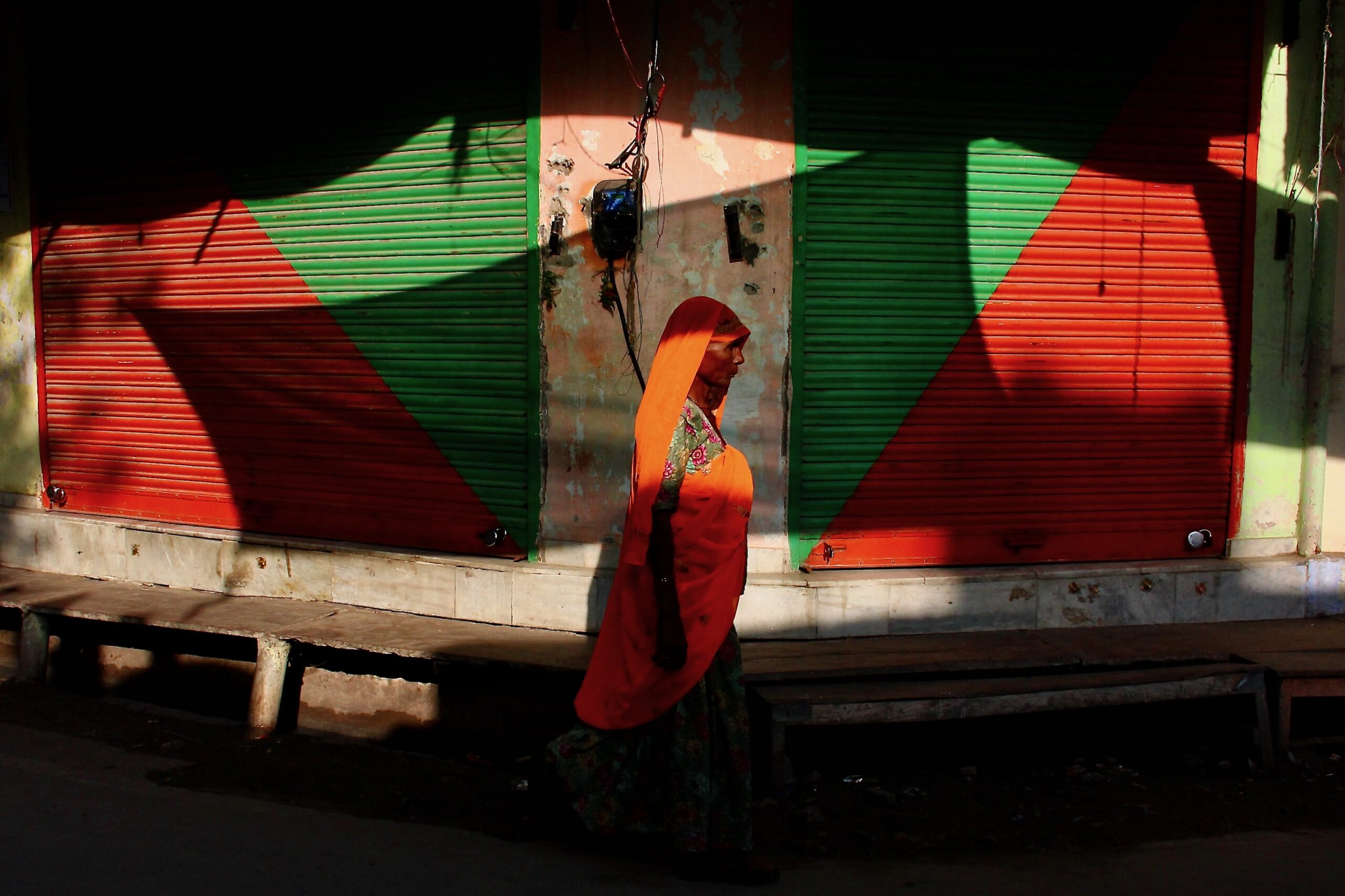
Meera Devi was married almost thirty years ago into a family in a village on the outskirts of the town of Pushkar in Rajasthan in her teens. She has brought up her three children and looked after her in-laws in that village ever since, and has seen no other place. This was perfectly normal for her, and her life so far hasn’t been much different from her mother’s. Yes, she has seen so much of a change that she is not sure what kind of a life her own daughter would have – though the village has transformed to an electronically operated concrete structure with many modern amenities, she misses the open spaces, the vast sky, and the slow pace of life. She feels afraid at times – the young generation is almost completely different from what they used to be, the country is changing too fast, it is also becoming dominated by one class, one religion, one dream! Her own dear religious or social customs are not threatened, but are now dwarfed under a new lifestyle of the upper class that she has not known.
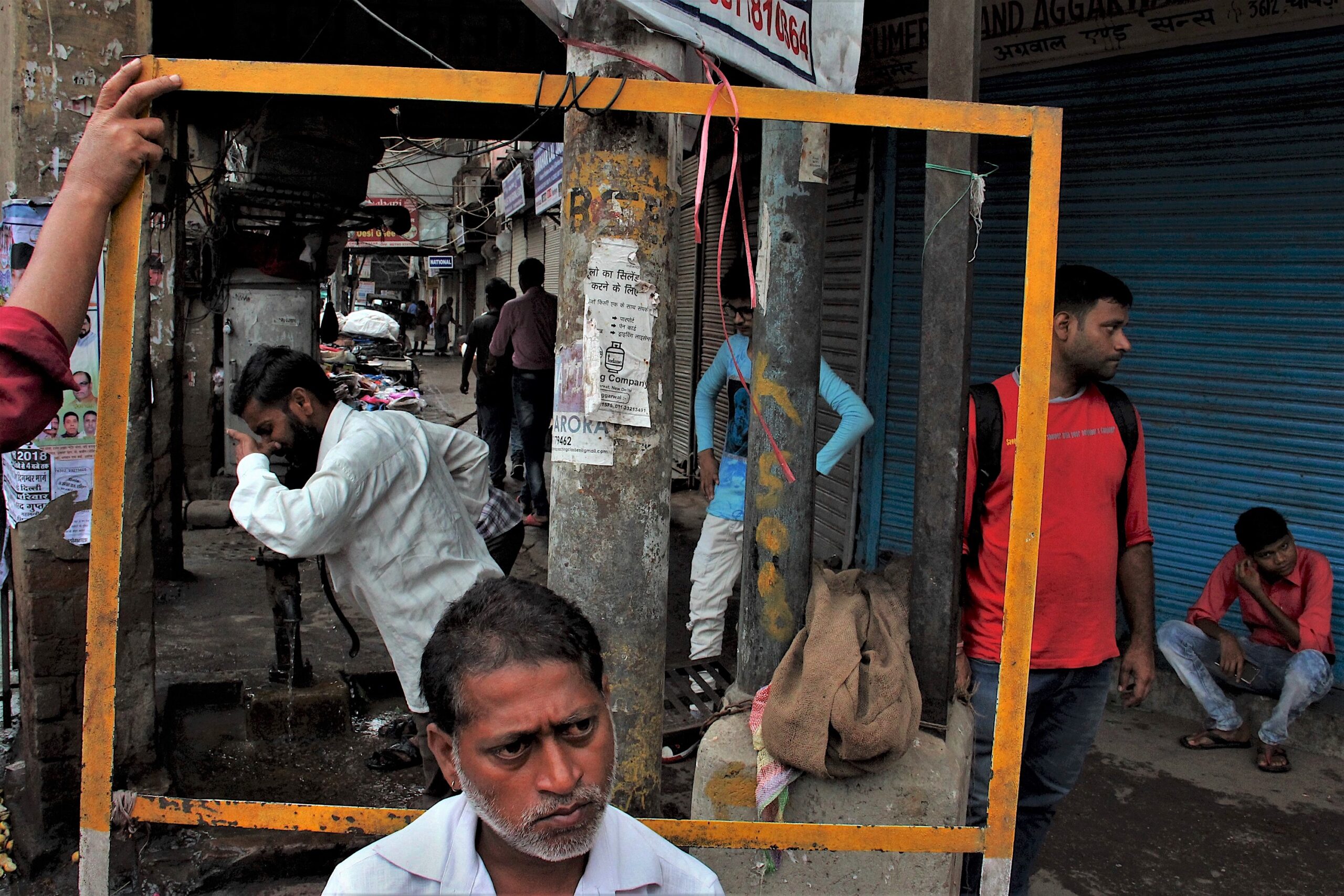
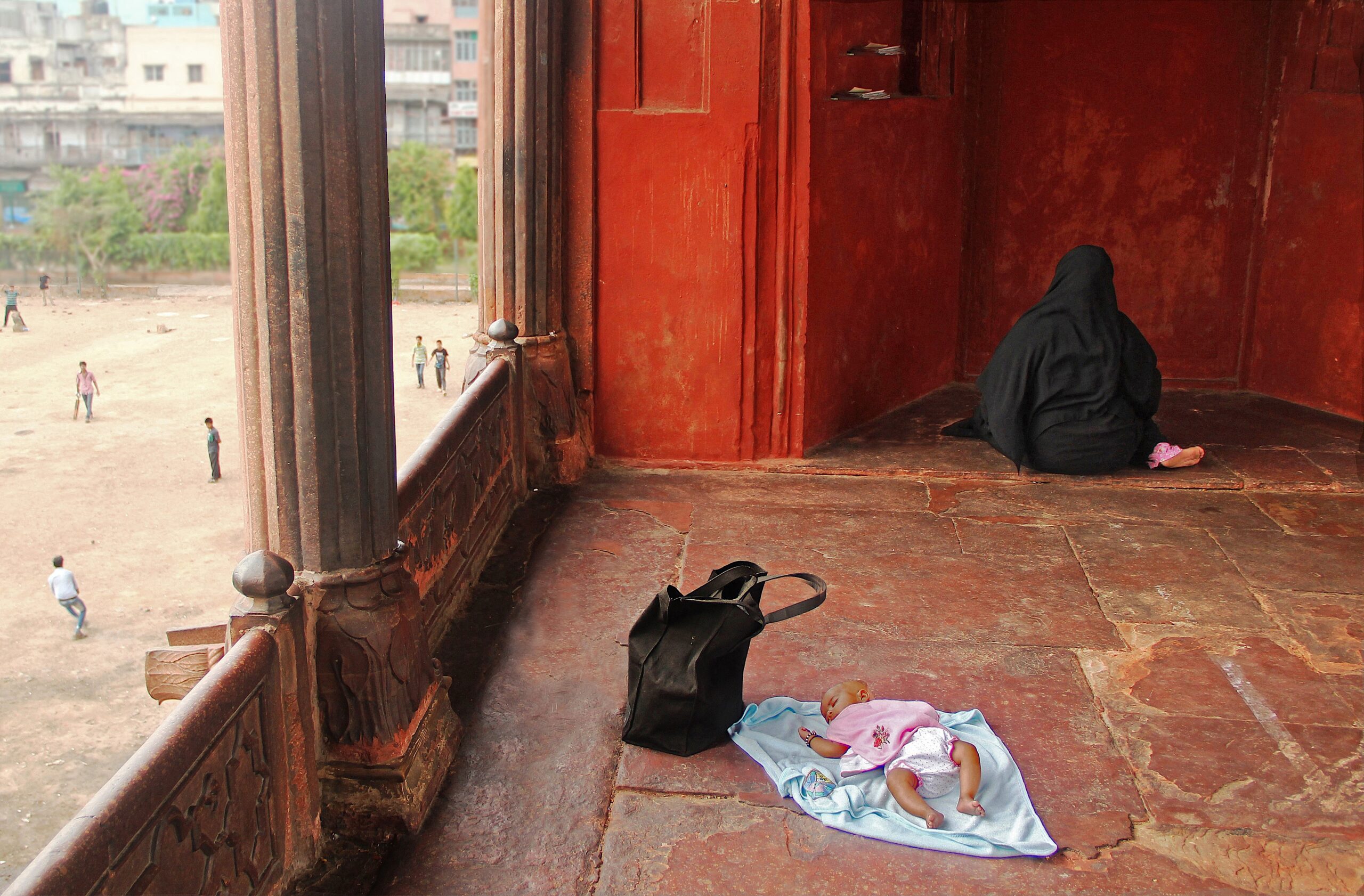
I live in an upper-class locality barely 20 km away from Haider Ali. Through the last decade, I had the fortune of knowing the lives of both Haider Alis as well as Meera Devis. I also know the direction that our country is taking – the prosperity and, at times, loneliness, the new way of life, as well as our productized traditional cultures, and so on. I am aware that we are still taking a turn, and our changes are far from over. I also know, I am perhaps bridging both Haider Alis as well as Meera Devis with our common future, which I am waiting for with both hope and concern.
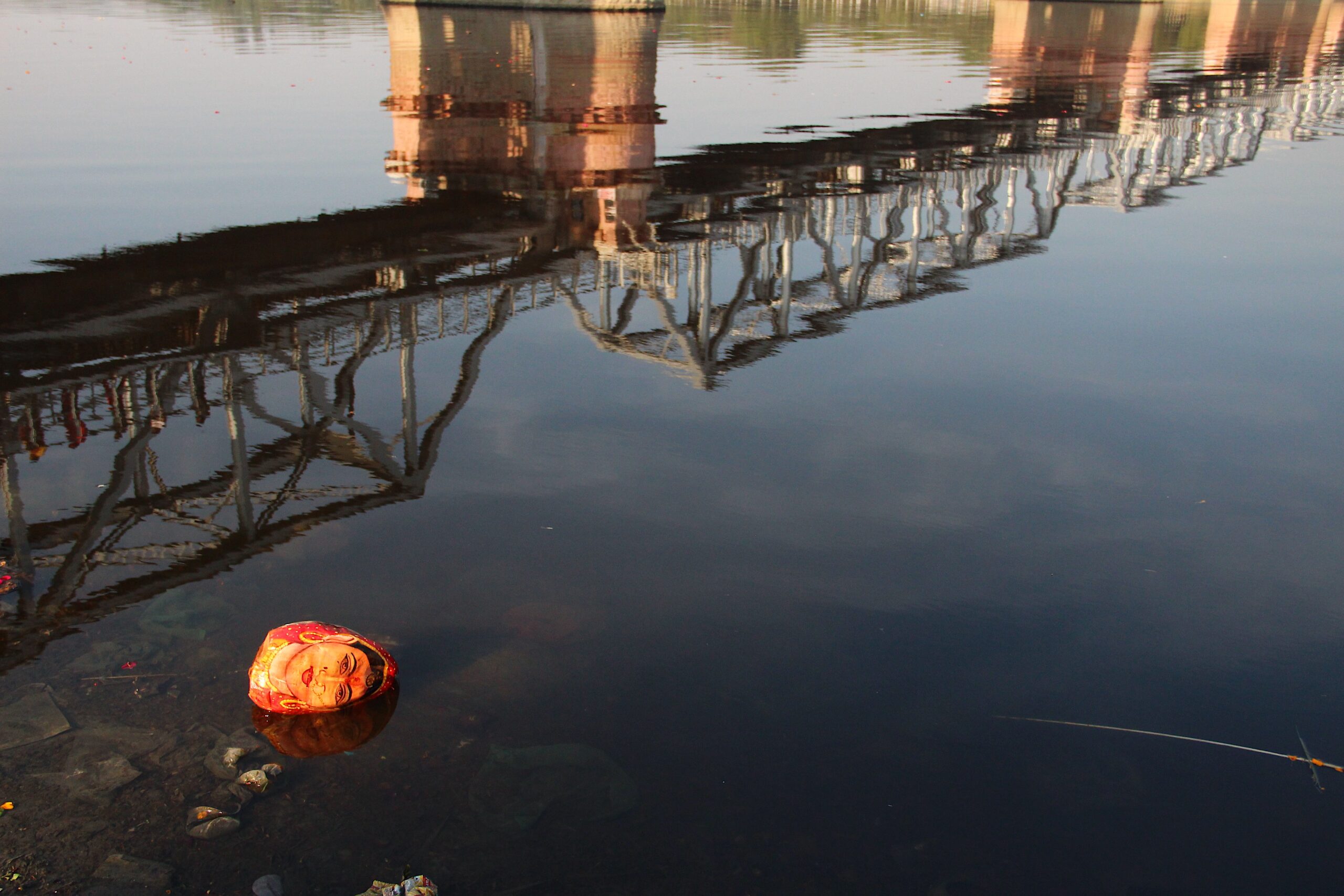
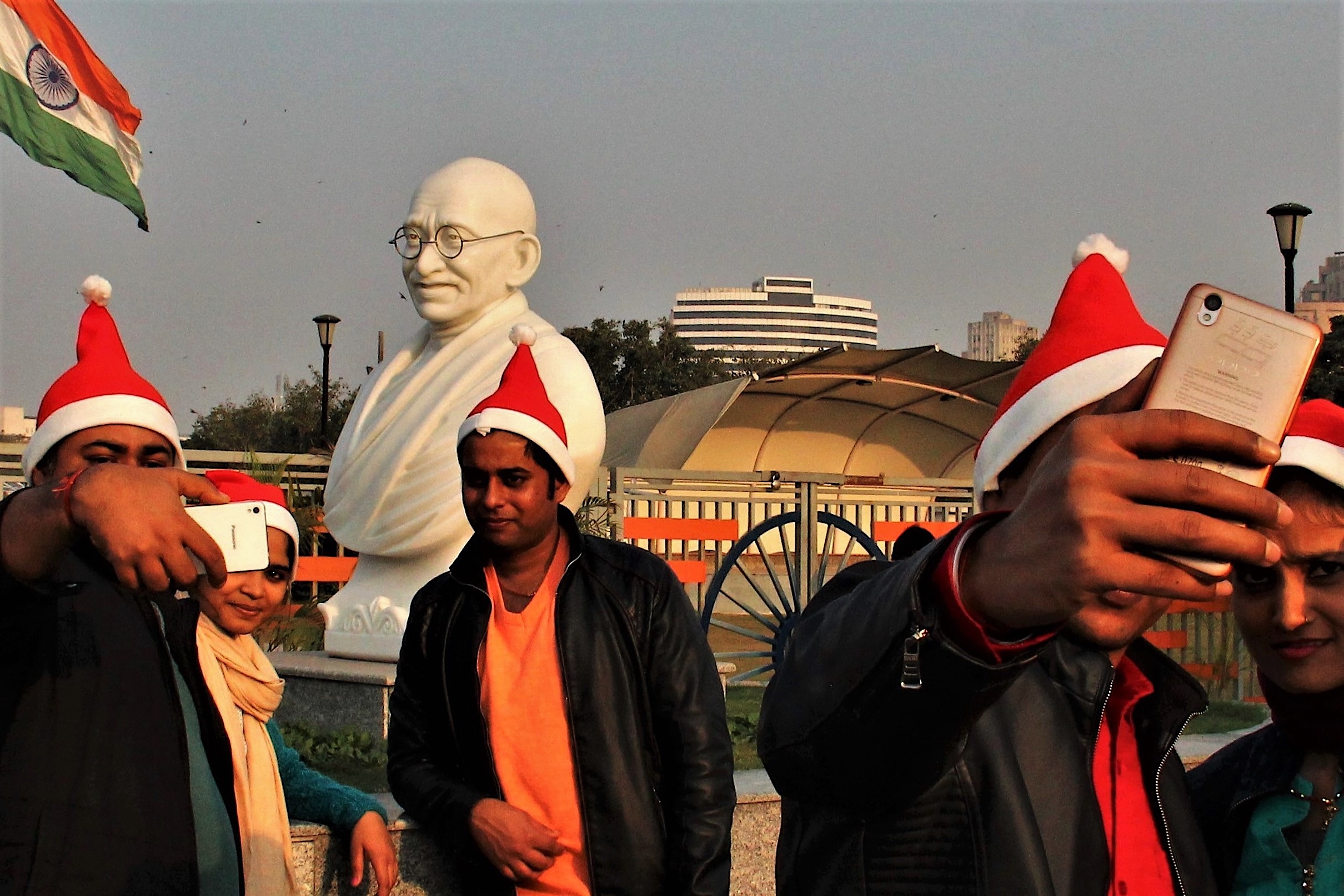
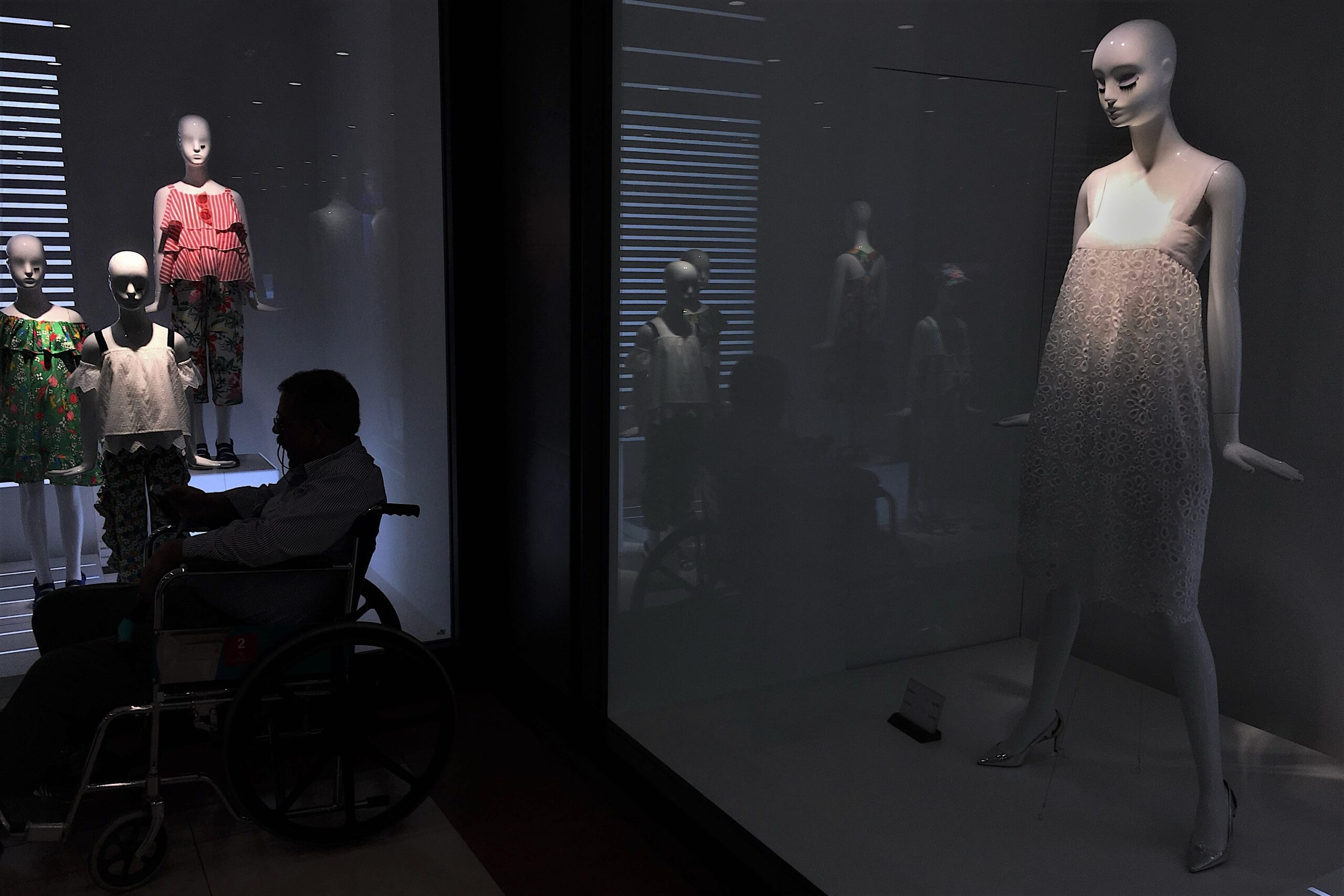
ABOUT THE AUTHOR
Aniruddha Guha Sarkar is based in New Delhi. He is an engineer by education, a senior leader in an American IT services company by profession, and a learning photo-artist by passion. After nearly 25 years of experiencing the monotony of corporate life across various parts of the world, he began turning to the streets every weekend with his camera, searching for something that felt more meaningful.
For the first six years of his photographic journey, he followed the prevailing trends of street photography. Over time, however, he felt a stronger pull toward storytelling—using his images to explore and express deeper questions about life, society, and the human condition. Since then, his focus has shifted to long-term projects built around socio-economic themes that resonate with him personally.
Over the past seven years, his work has been exhibited in international shows across cities like New York, Dubai, London, Dublin, Livorno, New Delhi, Kolkata, and Varanasi. His photographs have also appeared in both print and online publications, at national and international levels.

